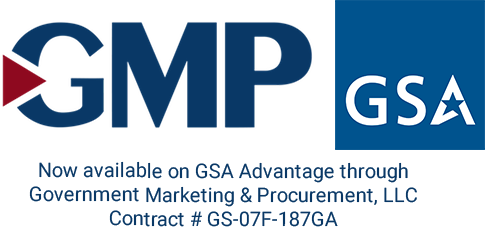Mass Notification Gets the Word Out
Given the news out of Atlanta and some other Southern cities just hit with severe weather, we’re going to jump ahead in our series on situational awareness to talk about its mass notification application. We all know that you can’t control the weather, but you can control how you prepare and respond to weather emergencies […]
The No. 1 Situational Awareness Application
As a risk management strategy, situational awareness includes three primary components: monitoring, alerting and reporting, which we’ve just covered in previous blog posts. Now I want to talk about the four major outcomes/application areas for situational awareness, with life safety being No. 1. Now “life safety” is pretty self explanatory, but it’s a large application […]
Analytics: The New Frontier
Remember the purpose of situational awareness is getting a wide view of what’s happening in and around your organization and then using that information for better risk management. With situational awareness technology, you can read, hear, see and then do something about the data that you’ve received. That data comes in the form of detailed […]
Alarms Bad, Alerts Good
The second component of situational awareness – having real-time information about your organization’s operational status – involves the production and delivery of alerts. While an alarm may signal an emergency via a siren and/or strobe light, it lacks specificity – there’s no information about where the emergency is unfolding or where the nearest exists are […]
Monitoring: The First Component of Situational Awareness
Situational awareness refers to having real-time information about your organization’s operational status, especially the safety of associated people and property. In addition to emergency alerting, situational awareness also applies to business operations and making personnel aware of potential problems before they become costly disruptions. Monitoring is the first component of situational awareness, enabling you to […]
What’s Your Status?
If your organization’s personnel can read, hear and see what’s happening around them, then they can do something about it – plus analyze response times and protocols after an incident to improve emergency preparedness and response. The first minutes of an emergency are critical in determining outcomes, so it’s imperative to ensure that accurate and […]
The Technology Generation Gap
Technology companies are always talking about the next generation of this or the next generation of that. We do it too, and in fact we just returned from LeadingAge where we happily showed our latest situational awareness solutions. But I’m disturbed by what I hear coming from the senior living industry and many of its […]
What If Your Building Could Talk to You?
Wouldn’t it be great if your building could talk? If it could tell you what’s going on so you could potentially avoid all sort of problems such as: Leaving doors open by mistake, causing security risk and lost heating and cooling Missing a call for assistance, meaning someone got hurt Losing production time and therefore […]
School Safety – What You Don’t Realize
Violence at schools is not a new phenomenon, despite the rash of headlines in recent years, in fact in recent days. The first recorded act of school violence occurred in 1927 in Bath Township, Michigan, when a farmer upset over losing the election to be town clerk, rigged a school with explosives – resulting in […]
School Safety Webinar: What If? Then What?
We’ve teamed up with Safe Havens International to host a FREE webinar tomorrow at 2 p.m. EST on how to improve emergency preparedness, communication and response in our nation’s schools. Following another incident of violence at a middle school in Nevada yesterday, we’re again reminded about the importance of situational awareness and the role of […]
